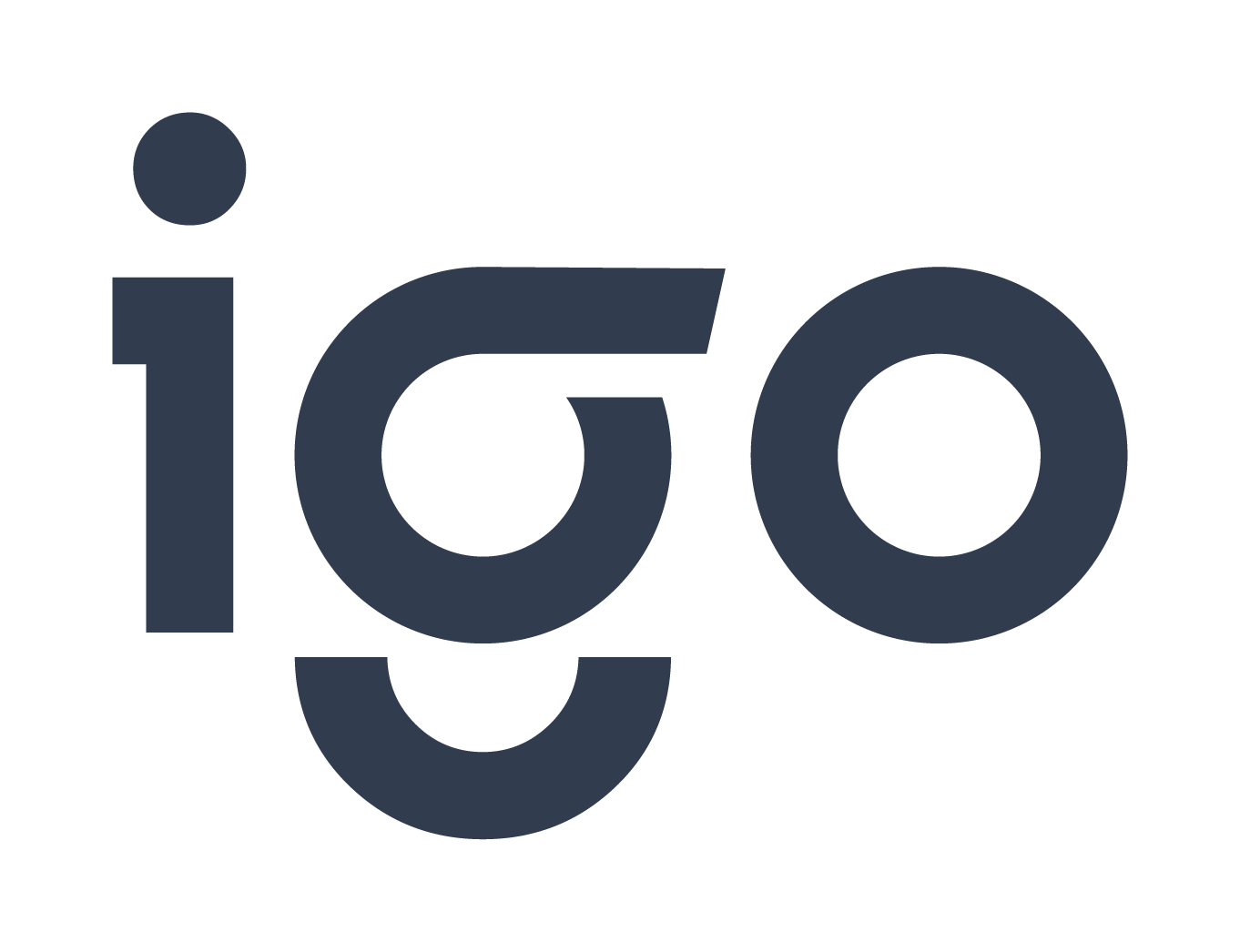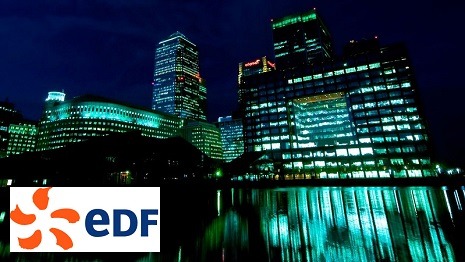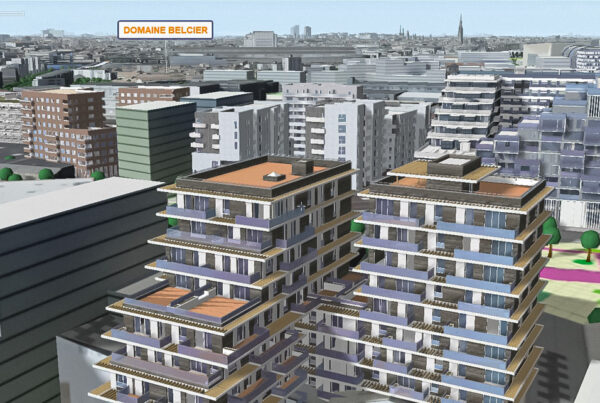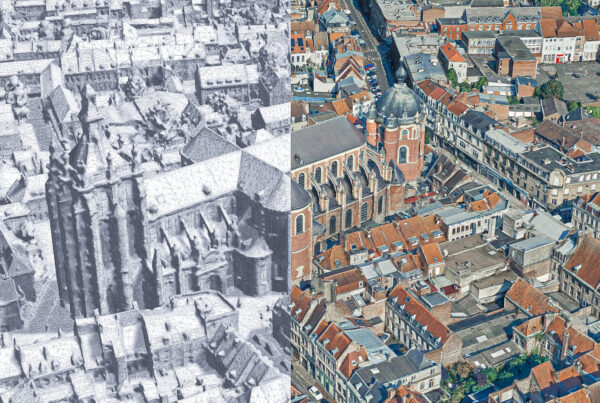EDF chooses IGOWEB3D as 3D mapping engine for its urban modeling platform
Metropolises are among the world’s biggest emitters of greenhouse gases and must adapt their development as quickly as possible to combat global warming.
To support them in their approach, EDF has developed an urban modeling platform to assess the impact of various territorial actions over the short, medium and long term. The simulations include scenarios for construction type, vegetation, integration of renewable energies, choice of public lighting, human behavior, mobility, air quality, etc.
This platform is based on IGO’s plug-in-free IGOWEB3D real-time mapping API.
IGO’s strengths, appreciated by EDF, made the difference:
- Plug-in-free web browsing performance on complex 3D urban models
- Agnostic solution that EDF can instantiate without constraint
- IGO’s agility (team availability, 3D Web and CityGML expertise and adaptability to needs)
EDF provides cities with its expertise to combat climate change
While metropolises are the world’s biggest emitters of greenhouse gases (70% of global emissions), they are also at the heart of the fight against climate change.
Their long-term adaptation represents a major challenge for their economy and environment. The future of cities is therefore at stake in every urban planning decision, in every policy implemented, at every scale and with every player involved.
In this context, decision-makers have a responsibility to anticipate the impacts of urban policies and projects, while taking into account the complex interactions between fields as diverse as mobility, energy production, housing and air quality.
To support them in their efforts, EDF has been deploying an innovative approach for the past 4 years. The Group provides the world’s major cities with its expertise and know-how in low-carbon technologies, as well as its latest innovations in digital simulation and decision-support platforms.
IGO’s role in the development of EDF’s urban systems modeling platform
After consultation with several international companies specializing in 3D, EDF chose to work with IGO to develop its collaborative 3D platform.
The platform is accessible via Intranet from a web interface, equipped with a 3D visualization engine, modeling scenario parameterization functions and reporting tools.
The objective of the service provided by IGO is to develop and maintain this HMI with the criteria expected of an industrial quality tool, particularly in terms of :
- Maintainability,
- Exploitability: ability to deploy multiple instances),
- Usability: independent of user location,
- Ergonomics: with a focus on smooth, easy interaction,
- Internet security.
The skills required to successfully complete this mission include software design, development, testing and maintenance. EDF particularly appreciated IGO’s expertise in the following technologies:
- The CityGML standard
- Use of web services and cartographic standards,
- Web GUI development and underlying technologies,
- A high-performance 3D engine without a browser plug-in
The performance and technological innovation of the IGOWEB3D API, together with IGO’s 3D expertise and commitment, made all the difference on this project.
Pascal Terrien, Director of EDF R&D’s international Sustainable Cities programs
Here’s a testimonial following the platform’s deployment in Singapore, a city-state close to the equator that already has 5 million inhabitants and will continue to grow in the years to come, despite its constrained territory.
Pascal Terrien, Director of International Sustainable Cities Programs for EDF R&D, explains:
“In Singapore, 83% of housing is designed and managed by the Housing and Development Board, whose priority is to improve quality of life. This very powerful institution already had a sustainable development plan with a variety of indicators and an extremely extensive list of possible actions. So it wasn’t just a matter of writing a report with recommendations. In fact, the authorities asked us for a real decision-making tool.
That’s how we came to design a systemic modeling platform applicable not only to Singapore, but also to other major cities.
EDF has integrated its expertise in energy and transport, while Veolia has been asked to provide expertise in water and waste collection. All of this is integrated into the EDF platform, and this tool shows the impact of different actions over the short, medium and long term, since our models extend to 2030 or 2040. The type of construction, vegetation, integration of renewable energies, choice of public lighting, human behavior, mobility, tropical rainfall… all the interweaving and interactions of the different elements are taken into account and can be studied on the scale of a building or an entire city.”
In addition to the innovative tools delivered to the Singapore Housing Agency, a genuine co-construction method was tested, enabling all stakeholders (architects, urban planners, technicians, politicians) to share their ideas and test them virtually and live on a simulation platform.
The concept is transferable. For Pascal Terrien, these modeling techniques can help guide cities towards ambitious choices in terms of energy performance, air quality and, above all, quality of life.
To find out more, read thearticle in Le Monde on 29/10/2015…





